What We Loved in 2017
Our staff brings in 2018 with last year’s favorites.
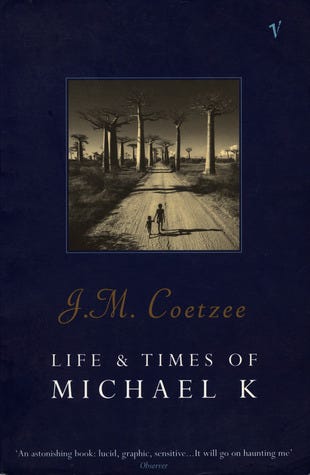
Somehow J.M. Coetzee’s The Life and Times of Michael K (1983) manages to explore its title character in great depth with only one veiled mention of his race — a curious feat for a novel set in apartheid South Africa. In fact, the setting of a hypothetical South Africa, where the government collapses and guerilla wars rage rampant, is only peripherally present. Instead, we follow Michael K, a cleft-lipped gardener, as he journeys to the countryside without proper papers at the request of his deteriorating mother, later seeking refuge at the farm on which she was raised. Coetzee explores Michael’s psychology as he hides from the authorities, tracing his relationship with the land he must cultivate to survive. When Coetzee strays from Michal K’s perspective briefly, the novel loses some of its immersive power, and instead takes on a heavy handed sentimentality.
Yet Coetzee is a master at elevating human stories above the political. Much of the text is devoted to Michael’s relationship with land, as he nurtures “brother pumpkins” and “sister melons.” Ironically, Michael simultaneously withers away in hunger. This semi-willful starvation is reminiscent of Kafka’s “A Hunger Artist”, and Coetzee pays additional homage to Kafka’s The Trial through the identification of Michael K with a first name and last initial, and his analogies to insects parallel The Metamorphosis. Like Kafka, Coetzee’s exploration of dehumanization is generalizable, a tale of one particular individual that feels infinitely replicable. But within the maelstrom around him, Michael K is a small force:
“He thought of himself not as something heavy that left tracks
behind it, but if anything, as a speck upon the surface of an
earth too deeply asleep to notice the scratch of ant feet, the
rasp of butterfly teeth, the tumbling of dust.”
Perhaps the state of South Africa itself, Coetzee implies, has dehumanized its citizens, including Michael K, into parasites and prisoners. The degradation, starvation, and victimization of Michael become symbols for universal brokenness, but his trust in the land is a final strand of hope for whole personhood. In the company of water, earth, and plants, Michael repairs the world, bit by bit — but no attempt at liberation remains unfoiled in this Kafkaesque world.
— Simone Wallk ’21
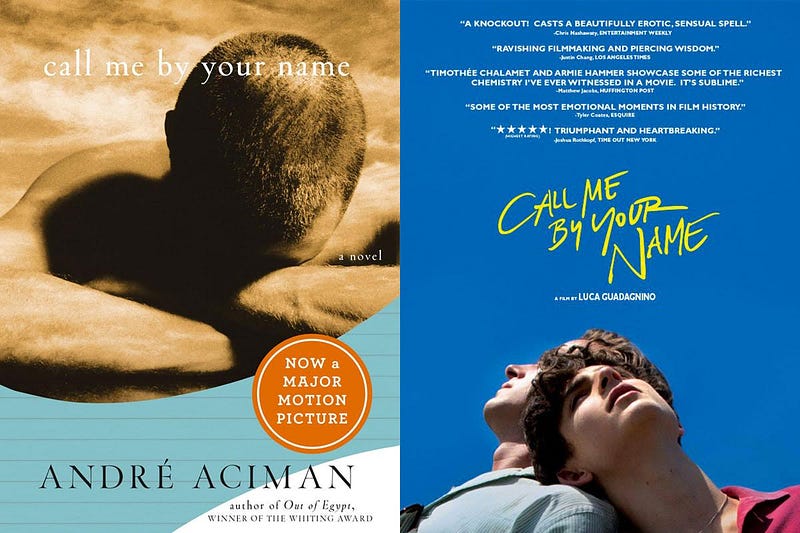
In anticipation for the release of the now critically-acclaimed film adaptation Call Me By Your Name, I spent part of winter break rereading the novel by the same name (2007). I was thrust back to the very first time I read it: on a cold day in my dorm during Princeton’s reading week a year ago. I can remember all the feelings too — warm, fuzzy, and dizzy. The rereading itself was fresh, as it always is, and navigating the memories of the protagonist, Elio, as he tries to piece together what attracted him to his life-long love, Oliver, was perhaps the best part of the novel for me; it was heart wrenching, sophisticated, and refreshing. And while the novel brings the reader in close proximity to Elio’s interiority, the film counters this with distance. And in that distance, we — the spectators, the gazers — watch a first love develop and blossom in the ways that are awkward, intimate, passionate, and sweet. Not to mention the film itself is somewhat grainy — unresolved, nebulous, and faint– giving a hazy lens to the intensity a first love can bring. The breadth and depth of emotion you’ll feel in this film will be powerful so I would advise everyone not to close your eyes and blush uncontrollably, but to look the film straight-on, and not blink. Allow yourself to bask in the unadulterated truth and beauty of one couple’s love.
— Rasheeda Saka ’20
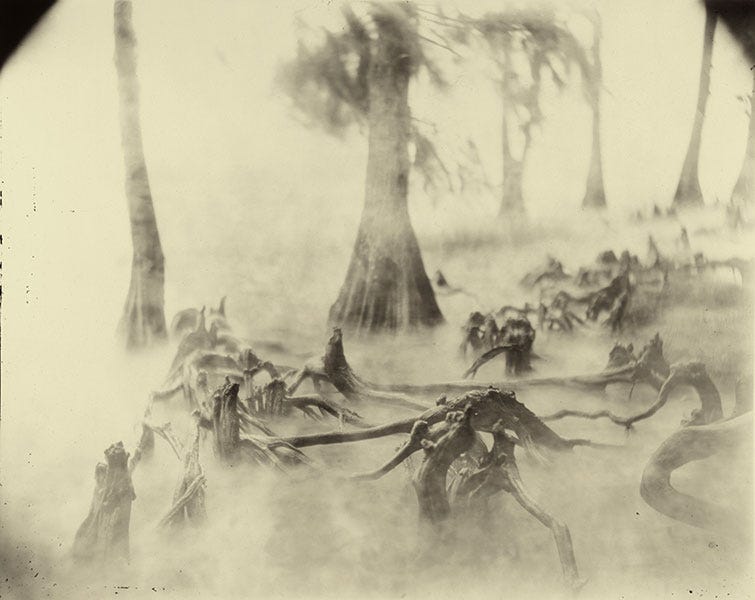
Reading photographer Sally Mann’s memoir Hold Still was, for me, to be struck square in the jaw by a sense of preemptive plagiarism. This is because the 2015 book is as much the story of the modern South as it is autobiography, if not more. What starts off as a forced search through hoards of inherited letters and artifacts in preparation for Harvard’s Massey Lectures turns into an unsparing inventory of the South’s most drowsy charm, right alongside its most wicked indictments. Her photography and personal stories appear throughout the narrative, but only as a means to show that the South is so wrapped up in itself that unspooling one’s own story inevitably reveals that your story is not fully yours — the past never really ended, because it’s alive in today’s Southerner, its fires stoked by every breath he takes.
Mann writes with tidal fustian — it heaves up with force, pounding the shores of each page with swaggering boldness, then recedes with grace and embarrassment. Her life has intersected with many others as interesting as hers. She chalks this up to the fine but unpretentious tastes of her parents and a fair deal of historical accident, but whether she’s trading dirty jokes with Cy Twombly or overhearing her nanny whisper about the Kennedys at her high school graduation, Mann seems equally at home as when describing the dirtier parts of her countryside life: putting down a farm dog the old-fashioned way; rescaffolding the clues leading up to her in-laws’ murder-suicide; being accused of incest for the naked photographs of her three children that brought her fame.
Each chapter renders in high-minded, sentimental prose a truth so central to the contemporary South that reading it feels at once obvious and scandalous. From the big-mountains, rolling-green beauty of rural Virginia to the shot-up historical marker of Emmett Till’s Mississippi murder site, Mann catalogs an extraordinary life with humility that gives you chills and candor that makes the Southern reader squirm with culpability. It’s the only book I’ve ever read that’s distilled profound emotion from my own Southern gothic germ: Mann made me laugh, gave me goose bumps, and even sent me running to the bathroom for fear I was going to vomit. I cannot wait — by which I mean, I’m terrified — to read it again.
— Owen Ayers ’19

In a poem I often reread, “Digging”, Seamus Heaney likens his pen to his father and grandfather’s spades, the act of writing equated with the hard work and the just rewards of cutting turf. Artist Faith Ringgold’s “story quilts” draw on similar themes — utility and conversation between the generations — as they work to solidify the presence of female and black stories in fine art. I was recently reminded of Ringgold’s work when I saw her Tar Beach 2 on display at the SCAD Museum of Art in Savannah.(A storybook version of that quilt artwork had been a staple on my bookshelf when I was young.) Immediately, I wanted to know more about her career.
Ringgold was an active participant in the movement in the 60’s and 70’s to include black and female artists in museums, cofounding a group for African-American female artists called Where We At in 1971. Her early paintings, therefore, were bold, political, and jarring. Later, the discovery of the quilt as an artistic medium proved to be a useful and fulfilling way for Ringgold to communicate the many nuances of her story. Her influences in the European painting world, like Picasso and Matisse, could be combined with a method that is historically, in its own small way, a tool of black and female expression. As Ringgold explains, quilting is “an art form that slave women,” like her own great-great-grandmother, “used to embellish and beautify useful objects”. Fittingly, Ringgold was able to put on far more shows because of how easy it was to lug around the quilts compared to paintings — she would drive around up to 35 of them in her trunk. So, when Ringgold says, “I could make a quilt of any size and carry it myself,” she achieves the same liberation as the little girl in her Tar Beach series as she flies over the George Washington bridge in order to claim it as her own.
— Remi Shaull-Thompson ’19
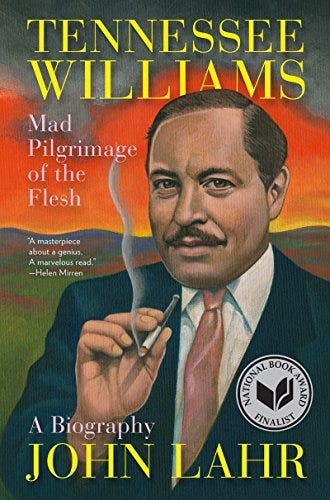
Tennessee Williams’ works, taught in classrooms worldwide and performed time and time again, single handedly changed the American cultural milieu, but the playwright himself has remained foreign to most. The gap between who he was and what he did is skillfully bridged by John Lahr’s biography, Tennessee Williams: Mad Pilgrimage of the Flesh (2014). Far from being a one-sided homage, the book reveals Williams as the tortured soul he fancied himself, in addition to the masterful playwright we know him to be.
Pulling from interviews, diaries, correspondence, and memoirs, Lahr details the progression of Williams’ life through his plays, beginning with The Glass Menagerie as a segue into discussing Williams’ childhood and adolescence. With each subsequent play, the jungle of tawdry affairs, broken hearts, outraged socialites, and violent blowouts Williams made into his world is particularized objectively and lovingly in Lahr’s biography.
But most importantly at the heart of this backdrop is Williams’ work itself, as well as his harrowed journey through promiscuity, depression, and an “appalling loneliness”. His early lament “I must learn to be lonely and like it!” echoes throughout the book, reminding the reader of what Lahr attempts to show. Far from being a stereotypical poéte maudit, Williams was a man who tried for sincere transformations of pain into lyricism. Lahr’s biography breathed new life into my understanding of Williams’s work and reinvigorated my love for not only his infamous plays, but Tennessee Williams himself. Read the book and be reminded of the magic Williams conjured and gave to the world.
— Andrew Tye ’21
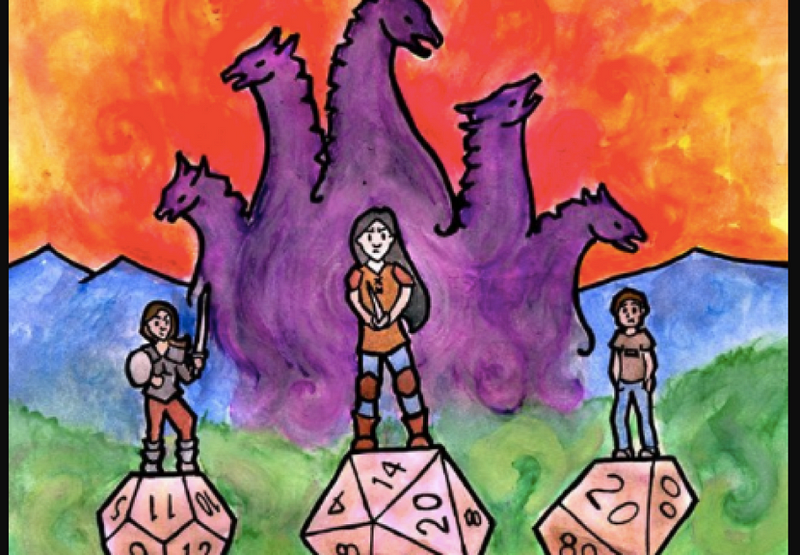
The president of Princeton East West Theater, Nathan Phan ’19, debuted his directorial skills in the adaptation of Qui Nguyen’s play “She Kills Monsters” in December 2017. The plot follows Agnes (Carol Lee ’20), a woman in her mid-twenties whose only remarkable characteristic is her complete mediocrity in all aspects of life. After the sudden death of her parents and younger sister Tilly (Cara Giovanetti ’20), Agnes realizes how little she knew about her sister and attempts to fill in the gaps by role-playing in a Dungeons & Dragons module Tilly wrote before the accident. Guided by the hilariously awkward high-schooler Chuck (Carl Sun ’20), the reality of Agnes is replaced by emotion-infused fantasy.
In the world of lesbian warriors, homicidal cheerleaders and TV-obsessed overlords of the underworld, Agnes re-discovers growing pains, bullying, friendship and love, all under the umbrella of witty dialogue and kick-ass on-stage battle. The audiences witness excellent choreography and costume design, fantastic cast and directorial craftsmanship. Apart from the exquisite lead acting, a definite highlight were the character and performance of Stephen Chao ’19 in the role of the flippant, yet caring high school counselor Vera. “She kills Monsters” ought to have been a theatrical peak of the semester for anyone with “a lot of feelings about lesbians”, but I guarantee that all audiences, regardless of their interests, would have enjoyed this fabulous adaptation. Serious kudos to Theater Intime and East West Theater.
— Bes Arnaout ’20
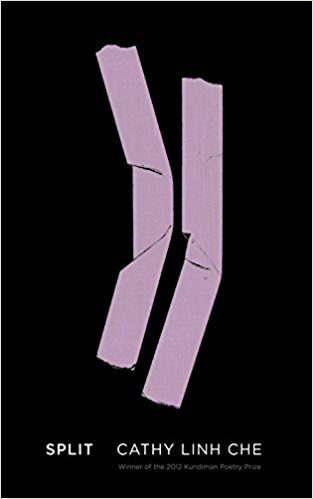
In Cathy Linh Che’s Split (2014), the speaker pulls out memories like extracts from a roll film, with one poem often riffing off the other. The speaker starts, “Doc, there was a hand”, leading into the traumatic narration of her sexual assault and parents’ experience as refugees from Vietnam. Che demonstrates the buildup of a past that floods out of us when cracked in one poem, “My Mother upon Hearing News of Her Mother’s Death”: “She opened her mouth and a moose came out, a donkey, and an ox — out of her mouth, years of animal grief.” Through language that leaves both the speaker and reader vulnerable, Split will leave you with a past that stays.
— Alice Xu ’20

The first section of the Winnie-the-Pooh exhibition at the Victoria and Albert Museum in London is, unsurprisingly, a familiar display of memorabilia spanning the nearly nine decades since Pooh’s first appearance in print. Mass-produced Disney goods clearly dominate this display, but there is a fair smattering of treasures, such as a delicate hand-painted tea set presented as a gift to Queen Elizabeth I in the early 1930s. Ultimately, however, what follows the merchandise captivates the most: the sketches: letters, manuscripts, sketches, and correspondences of author A.A. Milne and illustrator E.H. Shephard hang in perfect disorder, sometimes slightly askew on the walls, other times suspended from the ceiling or providing backdrops for play areas with trees and hills and bridges across whirling pools of projected water.
Most striking in Shephard’s drawings is not the characters themselves — so instantly recognizable, even in their early forms — but rather the prominence of the backdrop of hazy woodlands and marshes of the Hundred Acre Wood. Shephard’s landscapes often seem to envelop the characters in their midst. In fact, A.A. Milne sometimes altered his original tales to include Shephard’s sylvan artistry, creating narrative detours to accommodate the encroaching scenery and even allowing the illustrations to eat into, scramble, or jumble the very words of the printed text.
In addition to the sketches, the exhibition also boasts many charming first or early editions of the stories, along with letters illuminating the minute but important back-and-forth conversations between Milne and Shephard and the publishers. The exhibition deftly manages forays between the fantasies created by the pair and the realities which inspired them. A corner in the middle of the walk, for example, specifically highlights the process of inspiration and realization, as Milne and Shephard draw from their sons’ playthings and imaginations, as well as their ‘expotitions’ to the Ashdown Forest in Sussex (the real-life Hundred Acre Wood), to shape their stories.
Altogether, the exhibition makes for a whimsical ramble through the realities and fantasies behind the collaboration of author and illustrator. In a time when most people almost exclusively recognize the Disneyfied Pooh (charming as he is), retracing his literary and artistic evolution is a rewarding ‘expotition’ at any age. The exhibit will remain at the V&A until April of this year.
— Myrial Holbrook ’19
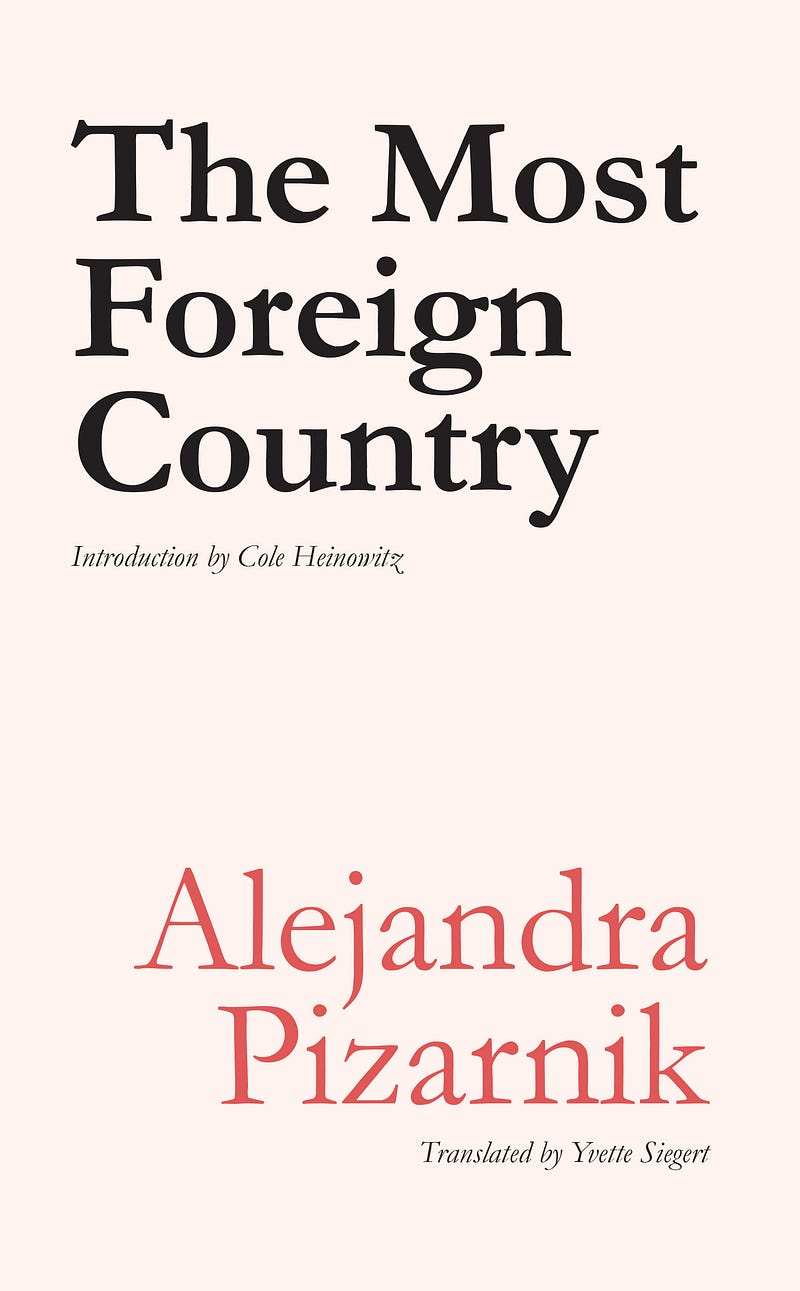
Alejandra Pizarnik was nineteen when her first poetry collection, La tierra mas lejana was published in 1955. Not yet the celebrated Argentine poet she would become, not yet a cultural icon capable of evoking “vibrations of poetry and myth through the air”, as her contemporary Luis Chitarroni would later eulogize, Pizarnik was a violently troubled young woman already dealing with the themes of isolation and silence which would make her an enduring literary figure. At the same time, the collection, translated into English this year by Yvette Siegert as The Most Foreign Country, reveals a voice which is carefully aware, even mocking, of its own youth and drama. Pizarnik weaves a meandering, lyrical path through imagery rife with danger, never allowing the reader to get comfortable. She mockingly toys with the boundary between softness and sharpness — crumpled doll’s dresses lie on trampled earth, retinas burn with the image of violent sunlight.
Pizarnik, born in Buenos Aires to parents who’d fled the Holocaust in Europe, is something of Argentina’s Sylvia Plath — a poet remembered not only for her haunting lyricism but for her troubled life, for the mystery that she perhaps intentionally built around herself and her work, and for her early death (she passed away at 36 from a barbiturate overdose). Ambivalent about her own image, she once wrote that she dreamed of taking poetry “to its depths,” of turning her body into the body of a poem. In this way, despite the years, miles and even language that separate contemporary readers from Pizarnik, her work feels uniquely suited for a time in which our country reckons with the way we treat women’s bodies. Even more broadly, she captures the uneasy, exhilarating hinge between adulthood and adolescence, particularly for a woman. The “country” that Pizarnik ultimately evokes is one of strange wonders but is not so foreign at all — it feels universal.
— Audrey Spensley ’20
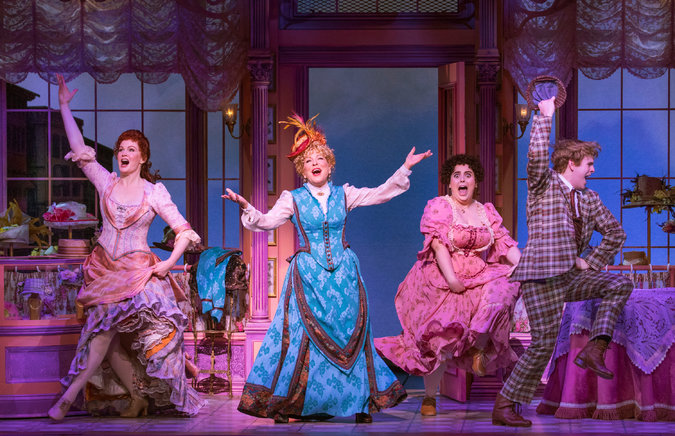
There are few people one could watch eat a chicken wing on stage, in silence, for five minutes or longer. There are fewer people who could make this riotously funny. Bette Midler is one of them.
The acclaimed and long-beloved actress demonstrates in spades that she’s “still glowing, still growing, still going strong” as Dolly Gallagher Levi in this playful, heartwarming, and simply hilarious Broadway revival of the 1964 musical Hello, Dolly! The story follows the titular character, a widow and chronically meddling matchmaker, as she conspires to marry “well-known unmarried half-a-millionaire” Horace Vandergelder, played by David Hyde Pierce of Frasier fame — and as various young people get caught in her web, including Kate Baldwin as spunky widow Irene Molloy and Gavin Creel and Taylor Trensch as Vandergelder’s venturesome clerks Cornelius Hackel and Barnaby Tucker.
The plot itself — as, try as they might to the contrary, each character’s thread collides in a topsy-turvy climax at the Harmonia Gardens Restaurant — is funny enough. The cast, though, takes each moment to the extreme, employing slapstick and seeming improv so consistently that the production borders on farce. Midler especially, eternally dry and always grinning, has more fun than any cast member. She has tender moments, too, however — and it is both Dolly’s and Midler’s hidden earnestness that steals the show.
If you’ve ever wondered what the song from the opening of WALL-E is, you can be sure it’s Hello, Dolly! Go watch it — if you can’t do Broadway, there’s a 1969 film with Barbra Streisand as Dolly I loved just as much — and its romance, adventure, and charm will brighten any cold winter’s day. (Just keep in mind you can only see Bette Midler through January 14 only. After that, Dolly is played by Bernadette Peters.)
— Julia Walton ‘21
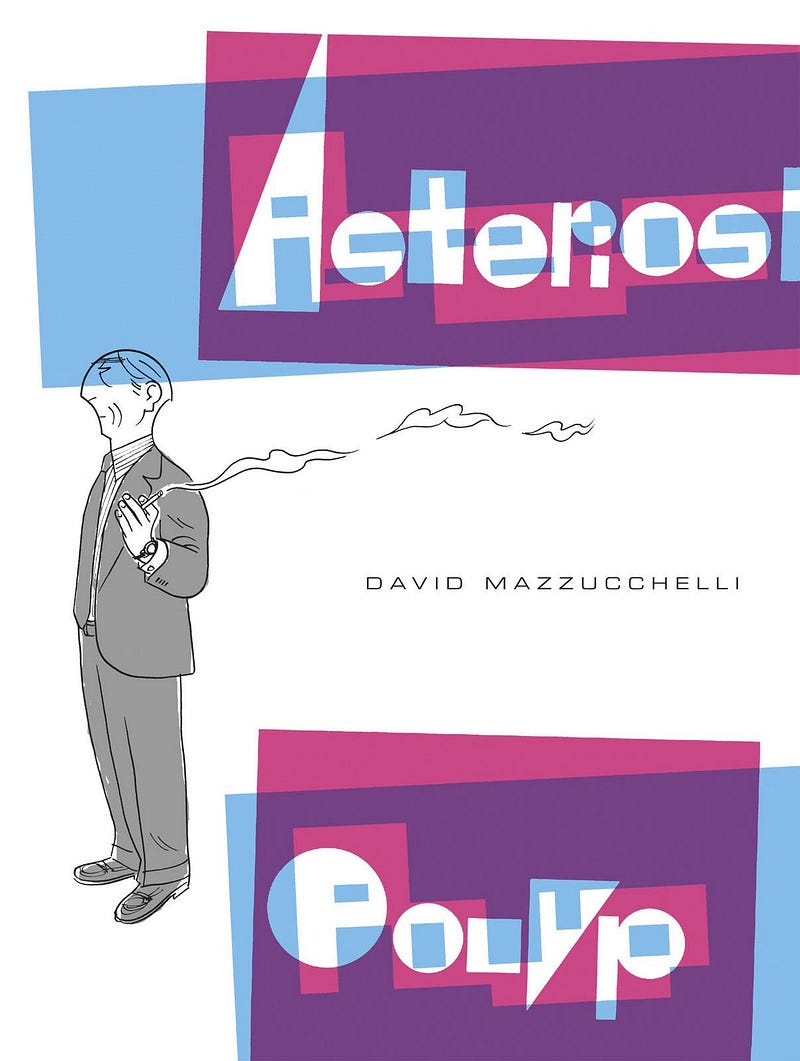
I may be late to the punch with this one, but what a punch it is. Asterio Polyp (2009) is a hard-hitting graphic novel mediates the tug-and-pull between ambition and achievement with a dazzling array of artistic styles and textures. Narrated by his unborn twin, this colorful book follows architecture professor and paper architect Asterio Polyp, a man equal parts Pnin and Richard Gere, whose arrogance leads him away from academia and from love. Utilizing a personal favorite technique of mine, handwritten dialogue in graphic texts, Asterio Polyp treats its characters with remarkable care and cinematic scope, fleshing out even minor figures with a lived-in quality that twists common experiences into spiritual profundity. The ennui that drives Asterio, and indeed Asterio, is perceived as both affectation and effect, allowing cliché ruminations on “the drifting thinker” to permeate as well as counter the reader’s understanding of the protagonist. However, what makes Asterio Polyp a more unique take on the arrogance-as-downfall plot is its commitment to understanding its protagonist not as villain or hero but as a man capable of empathy and cruelty. It is nothing if not relentless. A more complete portrait has rarely been sketched, and though its denouement leaves something to be desired, the novel as a whole lingers as a sumptuous assault on complacency.
— Paul Schorin ’19
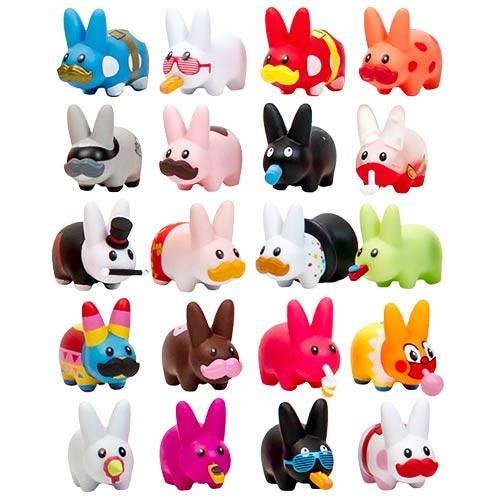
One word: Labbits. Maybe that requires some explanation. Okay, two words: Smorkin Labbits. These cigarette-smoking, soda-drinking, mustache-sporting little creatures are rabbits with an attitude. I first came across these adorable animals, incarnated in the form of designer vinyl toys, plushies, clothing, and more, a few years ago, in a tiny store in the Lower East Side. The store was positively packed with so-called “designer toys”, uniquely made, limited run objects that fell somewhere between art and action figures. In between enamel keychains of smiling ice cream cones and cats made to resemble pieces of sushi, I saw it. My first Labbit. Bright, neon pink, with characteristic long ears and a perfectly spherical tail, sipping pop through a straw. It was love at first sight.
According to Kid Robot’s website, Labbits were created by Frank Kozik. The name was inspired by a mislabeled package — meant to say “Smoking Rabbit,” an ‘r’ was mischievously moved and replaced by a nefarious ‘l.’ The history makes no difference to a Labbit collector, however. Over winter break, I was delighted to come across a new series of Labbits, the Insect Kingdom. In this design, the bunnies come in the form of creepy-crawlies like bumble-bees or red ants or grasshoppers. I bought one. Then, I went back and bought two more.
Labbits come in blind boxes, which has to contribute to their addictive appeal. You never know which one you’re going to get. On the side of the box, mini-pictures of the different Labbit types show which ones are rare and which types are common. Before you crack open the sticky seal, you cross your fingers that it’ll be the one you want. Then you take a leap of faith.
— Katie Tam ’21

I don’t think my eyes had subsumed such a wide spectrum of color in a long while. Neither, probably, had I inhaled the kind of heavy balminess that only comes from heaps of fish being offloaded meters from where you stand, day after day.
Visiting Sassoon Dock, a place back home I usually actively avoided for its penetrating pungency, is my favorite memory from my first winter break. The St+art India Foundation, dedicated to bringing art to urban Indian spaces, collaborated with over 30 artists last fall to ‘transform the dock into a vibrant art canvas’ and ‘capture the lives of local communities through installations, photo-stories, graffiti and art exhibitions.’ In short, it was incredible.
Interacting with non-permanent, non-canonized, and intrinsically Indian art was an experience that I, unfortunately, had not really had up until this moment. Walking through Hanif Qureshi’s suspension of smells, from ‘cow’ to ‘your first vacation,’ to craning my neck to view artist Guido Van Helten’s three-wall mural of fisherwomen he interacted with, I remembered what home was, everything that home could be. I was surrounded, for the first time in months, by people who knew and enjoyed art without knowing and enjoying Art. This warehouse, I realized, with its self-proclamatory ‘Art For All’ motto emblazoned across its walls, its floor, was making me, and so many others, recognize the life in a city we all inhabited, but hardly knew.
Today, surrounded by the stone, snow, and browns that occupy my January vision, I am still reminded of Akshat Nauriyal’s dazzling, almost gaudy dragon mural which spanned half the length of Nassau Hall, and of Sameer Kulavoor’s bottled smell of the dock, even stronger than the aroma of freshly-baked chocolate cookies from Murray-Dodge. Visiting Sassoon Dock was, in so many ways, my perfect homecoming. But then again, perhaps being reminded of it here is a homecoming of an entirely new and different sort: a strange clash of both my homes that I am slowly recognizing, learning to navigate, and enjoying.
— Anoushka Mariwala ’21

These last few years, works of literature by queer women — from Alison Bechdel’s Fun Home to Caryl Churchill’s Cloud 9 — have made me feel at home, even as they have interrogated the very concepts of home and family (“I thought homophobia meant fear of going home” — Gloria Anzaldúa, Borderlands/La Frontera). Speaking of home, I read Jeanette Winterson’s 2012 memoir Why Be Happy When You Could Be Normal? when I was far away from my own, on a lonely solo trip to Prague this past summer.
Winterson is of course most famous for her 1985 book Oranges Are Not the Only Fruit, and it would seem to require a strange type of self-absorption to write a memoir after already publishing a mostly autobiographical novel. Both works draw on the author’s experience growing up as a lesbian and an aspiring writer with a Pentecostal Christian adoptive mother. But, there is a special closeness to Winterson’s nonfiction, her elliptical prose that is sometimes like poem or scripture, sometimes like diary entries, sometimes like a long letter to a close friend. In Why Be Happy When You Could Be Normal, Winterson carefully uncovers the emotional wounds left by her troubled relationship with her mother, tracing the effects of these early wounds on all of her subsequent relationships, most importantly her difficult relationships with lovers, and with language. For me, it hit home the universality of the ache to be understood, and the painful inevitability of misunderstanding even the people we love the most.
— Annabel Barry ’19
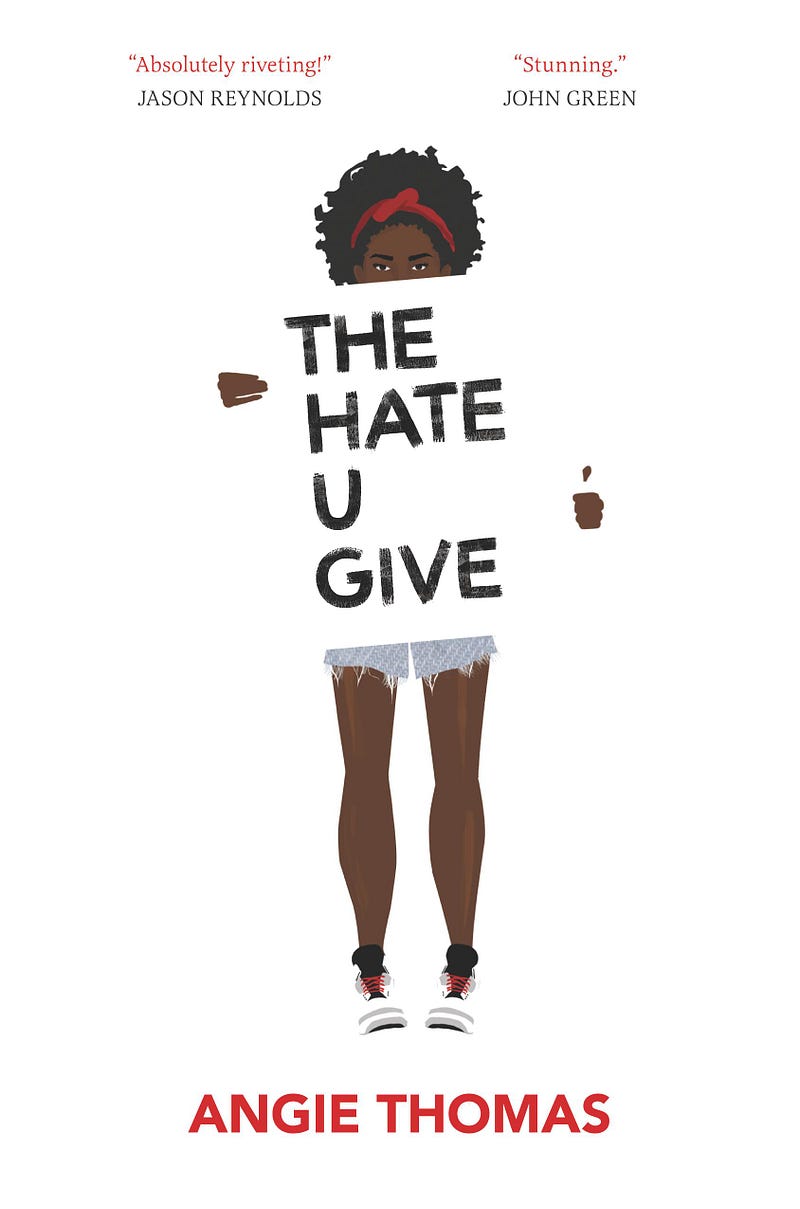
Above all others, Angie Thomas’ The Hate U Give was the book I most needed in 2017 to escape the madness. Thomas’ debut novel follows the life of its protagonist, 16-year-old Starr Carter, after she witnesses her unarmed, childhood best friend Khalil be shot dead by police.
At the same time that she is grieving and outraged, Starr comes to understand why the media — and even her friends — dismiss Khalil’s murder as the rightful death of a drug-dealer and gang-banger. “Pac said Thug Life stood for ‘The Hate U Give Little Infants Fucks Everybody’,” Starr’s dad, former gang member Big Mav tells her. “Meaning what society gives us as youth, it bites them in the ass when we wild out. Get it?” The novel sings Tupac’s original lyric as its primary refrain, emphasizing how the very systems of oppression that punished Khalil from birth also devised his final punishment.
Refreshingly, though, The Hate U Give is not just another sound bite about these systemic problems. Weighing in at over 500 pages, it reflects the ethos of #blacklivesmatter without ever suggesting that tweet-sized slacktivism alone will ever amount to anything much. “People like us in situations like this become hashtags, but they rarely get justice,” she says. “I think we all wait for that one time though, that one time when it ends right. Maybe.”
What does true justice mean then? At least for Thomas as a writer, it means documenting real facets of our current moment, not writing cardboard cut-out stereotypes meant to stand in for the disadvantaged groups disproportionately impacted by police brutality. It means a novel rife with pop culture references and contemporary slang, from Space Jam and Tumblr to words like ratchet and Nae-Nae. The Hate U Give is consequently considered YA Fiction (this spring, it’s even included on the syllabus for Princeton’s popular English course, “Children’s Literature”). And I refuse to see this as a weakness. Change is a process that starts with how we treat the young, and what we give to them to read. The novel’s metaphorical lasting image of a rose-in-concrete testifies as much, taken from another Tupac line which inspired Thomas’ as she began writing the novel in college: “Did you hear about the rose that grew from a crack in the concrete?” Not yet, but we may in 2018.
— Nicolette D’Angelo ’19